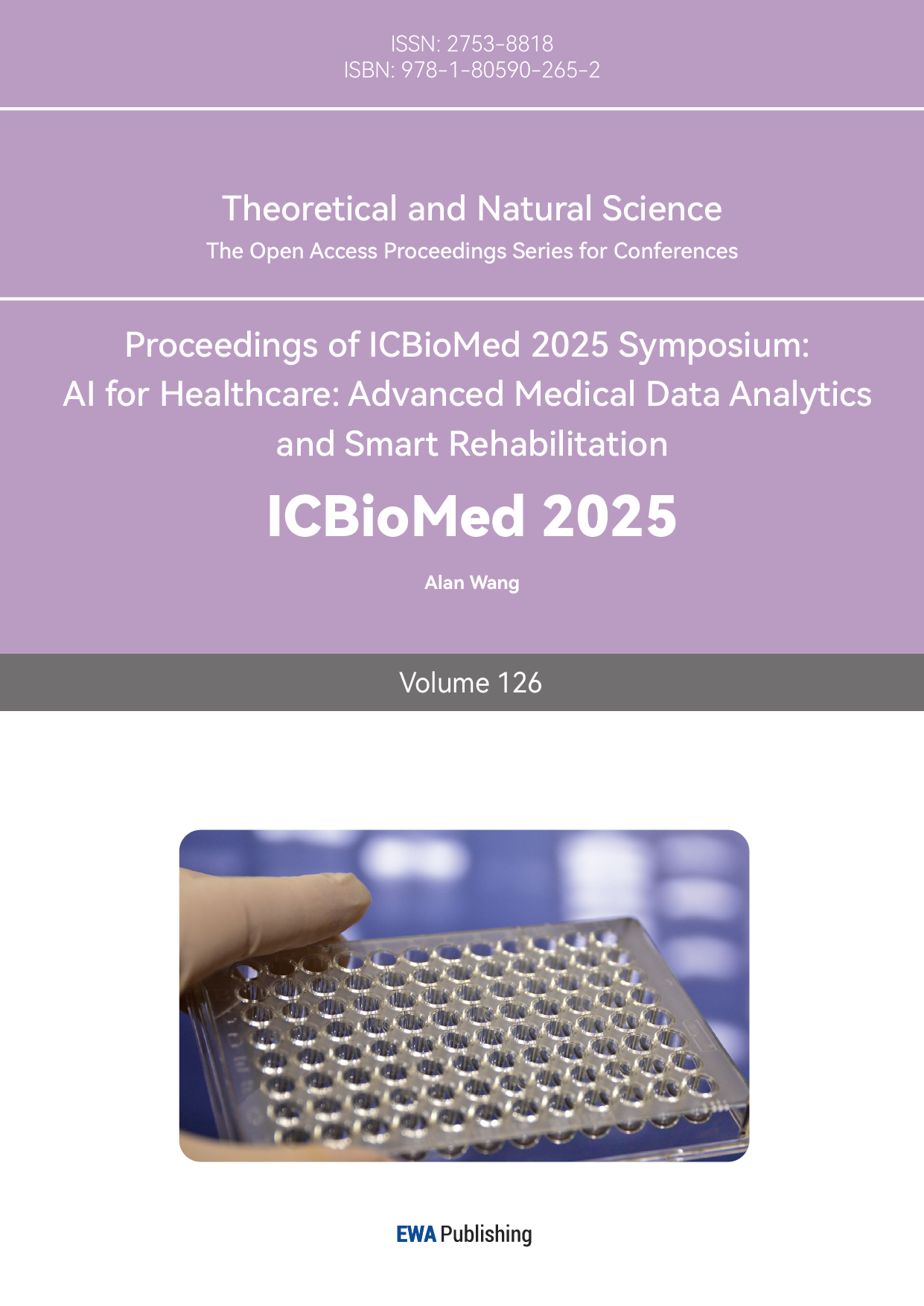References
[1]. Ahmad, F. B., Cisewski, J. A., & Anderson, R. N. (2024). Mortality in the United States—Provisional Data, 2023. MMWR. Morbidity and Mortality Weekly Report, 73(31), 173–178.
[2]. Patel, P., & Saikaley, A. (2019). Cyclin-dependent kinase inhibitors in cancer therapy. Current Oncology Reports, 21(10), 86.
[3]. Venerando, A., et al. (2024). Bio-mimetic strategies to re-activate apoptotic cell death for cancer treatments. Exploration of Drug Science, 2(1), 100–117.
[4]. Vander Heiden, M. G., Cantley, L. C., & Thompson, C. B. (2009). Understanding the Warburg effect: The metabolic requirements of cell proliferation. Science, 324(5930), 1029–1033.
[5]. Wheaton, W. W., et al. (2014). Metformin inhibits mitochondrial complex I of cancer cells to reduce oxidative phosphorylation and ATP levels. Biochemical Journal, 462(3), 475–490.
[6]. Lord, C. J., & Ashworth, A. (2017). PARP inhibitors: Synthetic lethality in BRCA-deficient tumours. Science, 355(6330), 1152–1158.
[7]. Zhang, H., & Chen, J. (2022). Reinvigorating T cells in cancer: Combining immune checkpoint blockade with other therapies. Frontiers in Immunology, 13, 902–915.
[8]. Reilley, M. J., & Sears, R. C. (2019). Targeting AMPK for cancer prevention and treatment. Seminars in Cancer Biology, 57, 1–10.
[9]. Almeida, A., et al. (2018). Pyruvate kinase M2 and the balance of growth and energy in cancer. Molecular Cancer, 17, 150.
[10]. Rajman, L., Chwalek, K., & Sinclair, D. A. (2018). NAD+ metabolism as a target for metabolic health and ageing. Nature Reviews Molecular Cell Biology, 19(4), 213–230.
[11]. Dong, Y., et al. (2020). β-Lapachone promotes tumor-selective cell death by NQO1-dependent ROS generation. Free Radical Biology and Medicine, 162, 594–604.
[12]. Cochemé, H. M., et al. (2012). A mitochondria-targeted mass spectrometry probe to detect superoxide production. Biochemical Journal, 444(3), 505–515.
[13]. Anand, P., Kunnumakkara, A. B., Newman, R. A., & Aggarwal, B. B. (2007). Bioavailability of curcumin: Problems and promises. Molecular Pharmaceutics, 4(6), 807–818.
[14]. Pirola, L., & Frojdo, S. (2008). Resveratrol: One molecule, many targets. IUBMB Life, 60(5), 323–332.
[15]. Shi, Y., Fan, S., & Wu, M. (2020). Berberine suppresses cancer cell proliferation by inhibiting fatty acid synthesis and metabolic reprogramming. Biochemical Pharmacology, 174, 113776.
[16]. Santoni, G., et al. (2020). Transient receptor potential channels in cancer therapy. Cancer Letters, 440-441, 116–122.
[17]. Mohri, K., et al. (2021). DNA origami nanostructures in drug delivery: A perspective for cancer therapy. Drug Target Review.
[18]. Takeuchi, O., & Akira, S. (2016). STING signalling and its role in innate immunity. Clinical and Experimental Immunology, 189(2), 119–126.
[19]. Prendergast, G. C., Malachowski, W. P., DuHadaway, J. B., & Muller, A. J. (2017). Indoleamine 2, 3-dioxygenase (IDO) pathway inhibition in cancer immunotherapy. Frontiers in Immunology, 8, 386.



